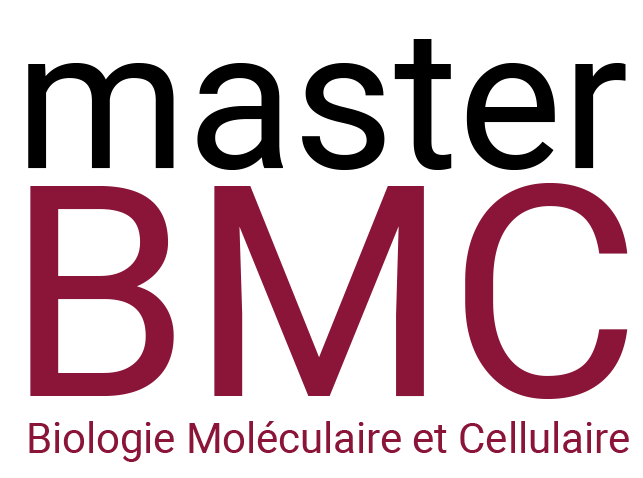Functional characterization of genetic determinants involved in atypical gene-for-gene interactions between oilseed rape and its fungal pathogen Leptosphaeria maculans
Responsable du Stage : Clémentine LOUET (80%, post-docorante) & Isabelle FUDAL (20%, HDR, DR)
Tél : 0618710540 E-mail: clementine.louet@inrae.fr
INRAE
Résumé du Projet de Stage
To colonize and exploit host plants, fungal pathogens express specific sets of genes encoding secreted proteins, including effector proteins, able to modulate host defense responses and to facilitate infection. To control diseases, modern agriculture widely uses plants with qualitative resistances relying on major resistance genes (R). Typically, R proteins recognize effector proteins and trigger host defense responses. The proteins encoding such recognized effectors are termed avirulence (Avr) proteins, according to the gene-for-gene model. The ascomycete Leptosphaeria maculans is the causal agent of stem canker of oilseed rape (Brassica napus). So far, the main control strategy against L. maculans is the selection and deployment of resistant oilseed rape cultivars carrying specific R proteins (called Rlm) that recognize the corresponding Avr proteins (called AvrLm). The counterpart of the deployment of such genetic control strategies is the need to have a diversified portfolio of major Rlm genes to develop informed strategies in order to increase resistance durability. Several Rlm – AvrLm interactions have been characterized in the B. napus – L. maculans pathosystem highlighting complex interactions differing from the classical gene-for-gene interactions (including epistatic interactions). Notably, proteins Rlm4 and Rlm7, along with Rlm5 and Rlm9, recognize the same effectors (AvrLm4-7 and AvrLm5-9, respectively). In addition, Rlm3, Rlm4, Rlm7 and Rlm9 are suspected to be allelic forms of the same R protein. Finally, AvrLm4-7 suppresses AvrLm3/Rlm3 and AvrLm5-9/Rlm9-mediated resistance. Adding a new level of complexity, recent preliminary results revealed atypical interaction between L. maculans and several oilseed rape genotypes carrying Rlm7 and Rlm9.
We propose an internship whose objective is to decipher the Rlm3, Rlm4, Rlm7 and Rlm9 cross interactions with their corresponding avirulence proteins in oilseed rape cultivars displaying atypical resistances: (i) by finely characterizing the Rlm alleles (and if possible their structure) carried by each B. napus genotypes; (ii) by studying the expression kinetics of both resistance and avirulence genes during infection. This internship project will help characterizing atypical R/Avr interactions and determine the way these interactions could be used to enhance strategies for resistance deployment as a major component of blackleg management.
Methodologies
Phytopathology (inoculation of L. maculans and phenotype assessment on B. napus); Molecular biology (DNA/RNA extraction, PCR, RT-qPCR, sequencing, PCR cloning); In-silico expertise (sequence analyses, 3D structure prediction, R programming)
References
Parlange, F., Daverdin, G., Fudal, I., Kuhn, M. L., Balesdent, M. H., Blaise, F., … & Rouxel, T. (2009). Leptosphaeria maculans avirulence gene AvrLm4‐7 confers a dual recognition specificity by the Rlm4 and Rlm7 resistance genes of oilseed rape, and circumvents Rlm4‐mediated recognition through a single amino acid change. Molecular microbiology, 71:851-863.
Plissonneau, C., Daverdin, G., Ollivier, B., Blaise, F., Degrave, A., Fudal, I., … & Balesdent, M. H. (2016). A game of hide and seek between avirulence genes AvrLm4-7 and AvrLm3 in Leptosphaeria maculans. New Phytologist 209:1613-1624.
Petit-Houdenot Y., Fudal I. (2017). Complex interactions between fungal avirulence genes and their corresponding plant resistance genes and consequences for disease resistance management. Frontiers in Plant Science. 8:1072
Cantila, A. Y., Saad, N. S. M., Amas, J. C., Edwards, D., & Batley, J. (2020). Recent findings unravel genes and genetic factors underlying Leptosphaeria maculans resistance in Brassica napus and its relatives. International Journal of Molecular Sciences, 22:313.
Haddadi, P., Larkan, N. J., Van deWouw, A., Zhang, Y., Neik, T. X., Beynon, E., … & Borhan, M. H. (2022). Brassica napus genes Rlm4 and Rlm7, conferring resistance to Leptosphaeria maculans, are alleles of the Rlm9 wall‐associated kinase‐like resistance locus. Plant Biotechnology Journal, 20:1229.
Ce projet s’inscrit-il dans la perspective d’une thèse :
oui x
si oui type de financement prévu : Bourse CIFRE
Ecole Doctorale de rattachement : Ecole Doctorale Sciences du végétal : du gène à l’écosystème (SEVE)
Intitulé de l’équipe : EPLM – Effecteurs et Pathogenèse chez Leptosphaeria maculans
Intitulé de l’Unité : BIOGER (Biologie et gestion des risques en agriculture)
Nom du Responsable de l’Unité : Sabine FILLINGER
Nom du Responsable de l’Équipe : Isabelle FUDAL – Vélarie LAVAL – Jessica SOYER
Adresse :
Adresse actuelle : Avenue Lucien Brétignières 78850 Thivernal-Grignon
Adresse à partir d’Octobre 2022 : Avenue Madeleine PELLETIER 91120 PALAISEAU

